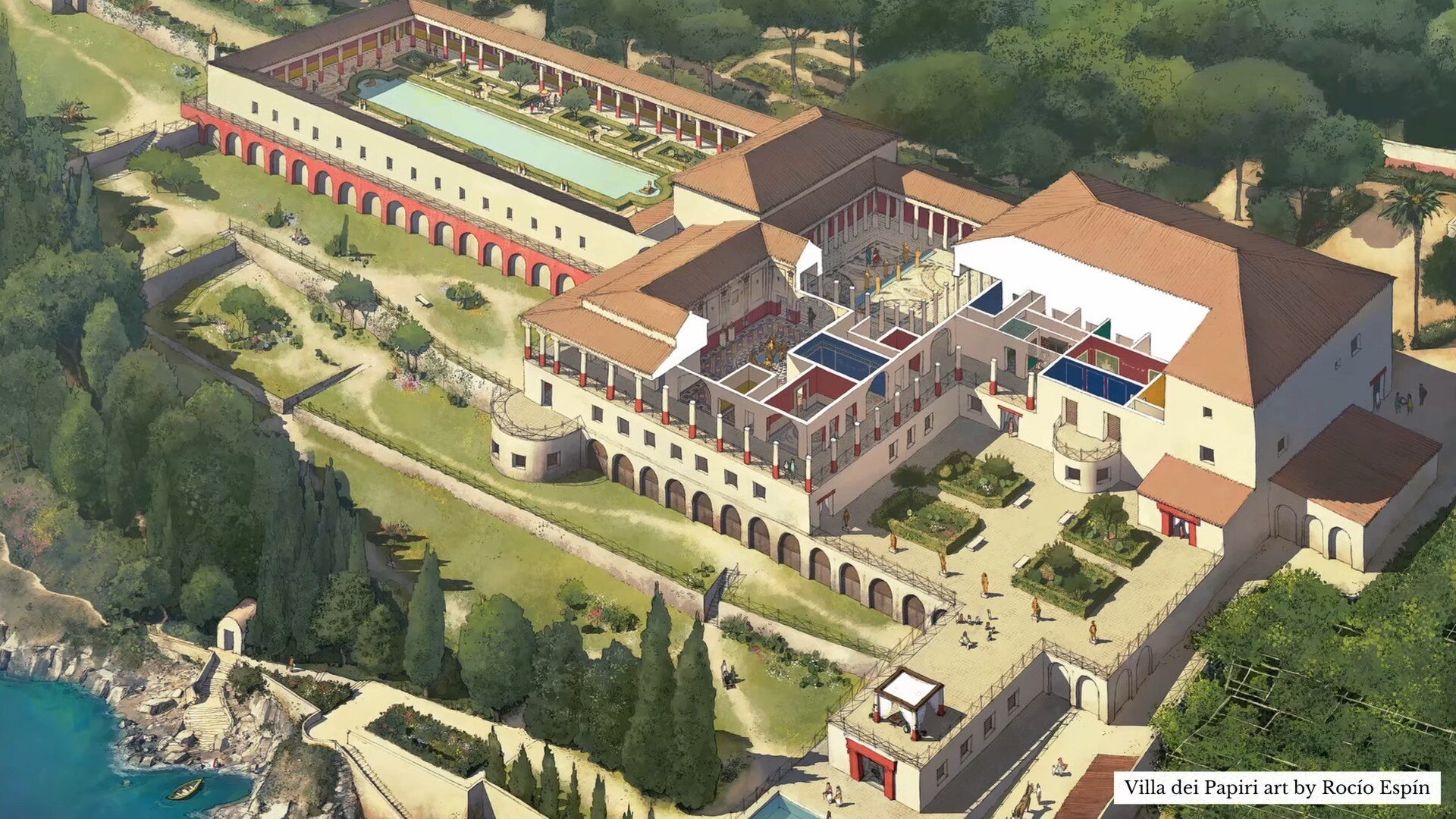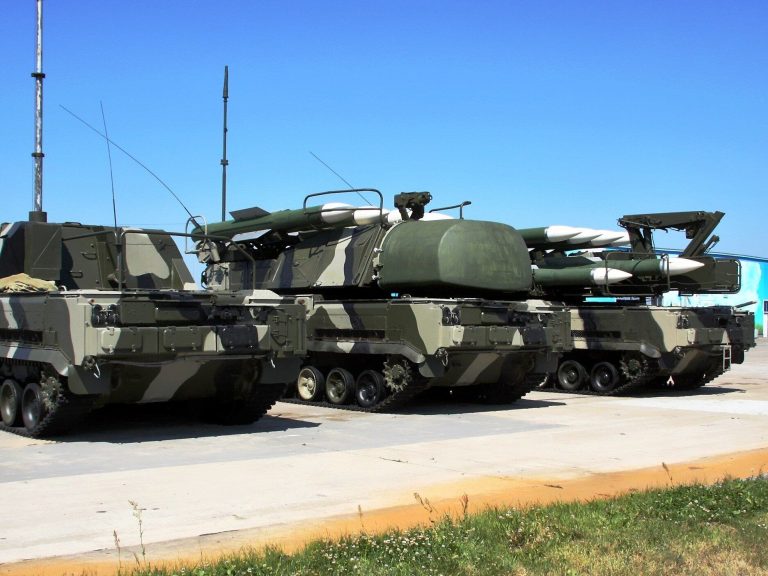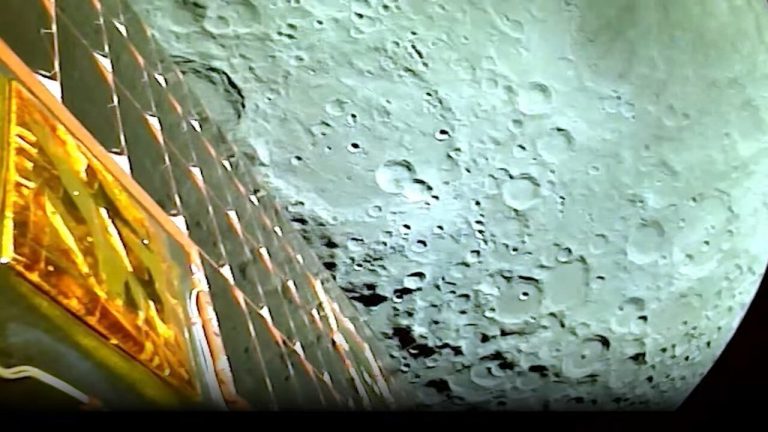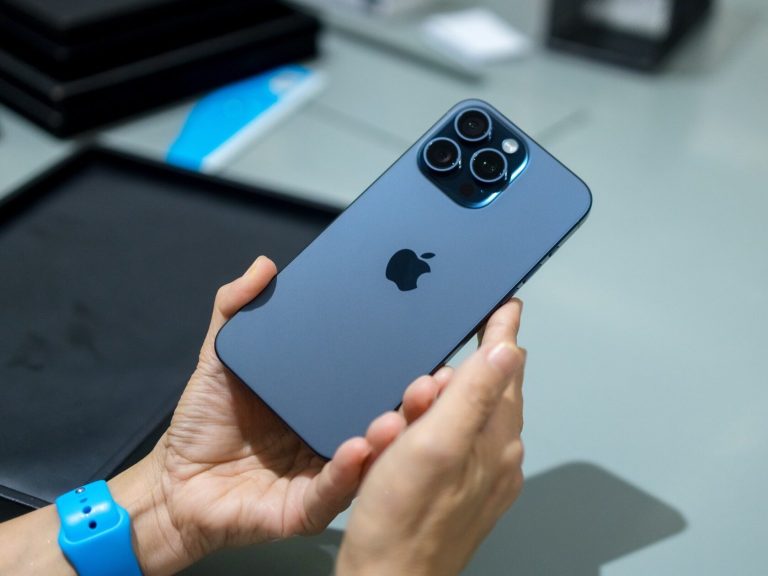AI deciphered a Roman scroll. The secrets were discovered by an Nvidia card

An ambitious student used AI to partially decipher an ancient scroll. He thus won the archaeological competition and won quite a prize. Interestingly, the winner used an old Nvidia graphics card.
After the eruption of Mount Vesuvius in 79 AD, the ancient city of Herculaneum was covered in ash for centuries. During archaeological works carried out over two hundred years ago, researchers discovered in the ruins the so-called The Villa of the Papyruses – a large complex filled with the remains of priceless notes, which are, however, extremely delicate.
Ancient Roman scrolls remain a mystery after a volcanic eruption
There are over 1,800 ash scrolls, but they cannot simply be unrolled – they would turn to dust. Scientists have been wondering for many years how to read information from papyri without opening them. Not only are the artifacts delicate, but they are also quite long and very tightly rolled. This makes the task even more difficult.
In a 2019 breakthrough, researchers partially mapped the contents of the coils using X-rays, which they further amplified with a particle accelerator. In this way, they scanned two scrolls. Machine learning algorithms then refined the images to make the text a little clearer. However, scientists still had another task ahead of them – deciphering the meaning of signs and entire words.
AI read a fragment of an ancient scroll – the student won PLN 40,000. prize dollars
So, in order to solve the mystery, the Vesuvius Challenge was organized. A competition with prizes in which daredevils can read in various ways. There is a lot to strive for, because the various prizes amount to a total of $1 million.
This is where Luke Farritor, a University of Nebraska-Lincoln student currently pursuing a bachelor’s degree, enters the story. He decided to train his own AI model to interpret the scroll. He used an old Nvidia GTX 1070 graphics card that he had lying around at home.
After some time with scans of the Herculaneum scrolls, the algorithm was able to identify one word. It was the Greek πορφυρας, which means the color purple but also purple dye or purple clothes. This discovery was a breakthrough, and Farritor received a prize of PLN 40,000 for reading a total of 10 letters. dollars.
As organizers mention, a breakthrough by a student using AI tools could mean progress toward winning the top prize. 700 thousand dollars is waiting for a person who will be able to decipher four paragraphs of text, at least 140 characters each.






